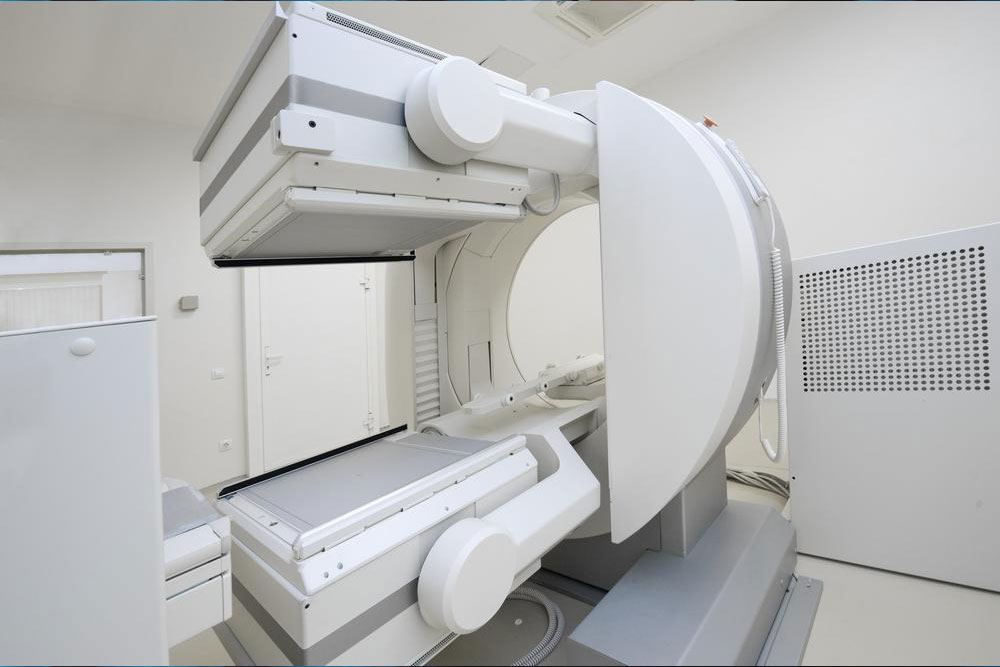The Essential Role of Lung Cancer Staging in Effective Disease Management
This comprehensive article explores the crucial role of lung cancer staging in disease management. It details the differences between small cell and non-small cell lung cancer, their respective stages, and how accurate staging influences treatment choices and prognoses. Emphasizing advances in diagnosis and staging, the article highlights how precise disease classification improves outcomes through tailored therapies and early detection strategies. Aimed at healthcare professionals and patients alike, this piece underscores the importance of accurate lung cancer staging in saving lives.

Understanding the Critical Importance of Lung Cancer Staging in Treatment and Prognosis
Lung cancer remains one of the leading causes of cancer-related deaths worldwide, underscoring the critical need for precise diagnosis and treatment planning. At the core of effective management is the process of cancer staging—a systematic approach that describes the extent of disease progression within the lungs and beyond. Accurate staging not only influences the choice of therapeutic strategies but also provides vital information about likely outcomes, helping clinicians tailor personalized treatment protocols for each patient.
Cancer staging involves assessing key aspects such as tumor size, location, lymph node involvement, and presence of distant metastasis. This comprehensive evaluation enables healthcare providers to classify lung cancer into specific stages, which are pivotal in guiding treatment decisions, whether surgical resection, chemotherapy, radiation therapy, targeted therapy, or immunotherapy. Moreover, staging facilitates ongoing monitoring of disease progression or response to treatment, making it indispensable across all phases of care.
Within lung cancer types, staging protocols differ notably between small cell lung cancer (SCLC) and non-small cell lung cancer (NSCLC). Each subtype requires a distinct approach owing to differences in growth patterns, spread behavior, and treatment response. An in-depth understanding of these variations and how they influence staging can significantly impact patient outcomes, emphasizing the vital role of accurate disease classification in clinical practice.
Small Cell Lung Cancer (SCLC): Disease Course and Staging
SCLC primarily originates in the bronchi but may also develop in peripheral lung regions. It accounts for approximately 15% of all lung cancers and is characterized by rapid growth and early spread to distant sites. Because of its aggressive nature, early diagnosis is crucial but often challenging, as symptoms tend to appear only in advanced stages.
SCLC is categorized into two main stages: limited and extensive. Limited stage (LS-SCLC) refers to cancer confined to one side of the chest, within the reach of a single radiation field. Extensive stage (ES-SCLC), on the other hand, indicates that the cancer has spread beyond the initial region to other parts of the lung, the opposite lung, or distant organs. This stark dichotomy guides treatment options, with limited stage cases often responding better to combined chemoradiotherapy, whereas extensive disease generally requires systemic therapy.
Non-Small Cell Lung Cancer (NSCLC): Staging and Classification
NSCLC encompasses about 85% of lung cancers and includes multiple histological subtypes such as adenocarcinoma, squamous cell carcinoma, and large cell carcinoma. These tumors typically grow more slowly than SCLC but tend to spread at advanced stages, making early detection vital for improving survival rates.
NSCLC staging utilizes the TNM system, which assesses Tumor size (T), lymph Node involvement (N), and presence of Metastasis (M). The stages range from I to IV, with specific subcategories providing detailed information about tumor extent and spread:
Stage I: The tumor is localized within the lung without lymph node involvement, offering the best prognosis with surgical options.
Stage II: Cancer involves the lung tissue and nearby lymph nodes, often requiring a combination of surgery and systemic therapy.
Stage III: The tumor extends to mediastinal lymph nodes or nearby structures, and is further divided into IIIA and IIIB based on the spread pattern. Prognosis decreases with higher substages.
Stage IV: Distant metastasis occurs, involving other organs or fluid accumulations, and indicates advanced disease with limited curative options.
Early-stage detection remains challenging due to non-specific symptoms, but screening high-risk groups such as smokers can significantly enhance early diagnosis and treatment success.
Understanding the distinctions in staging between early and advanced lung cancer stages is essential for clinicians to craft effective treatment plans. Stage III lung cancers typically feature larger tumors (above 3 cm) coupled with lymph node involvement or local extension beyond the lung boundaries. The subdivisions within stage III (IIIA and IIIB) consider the precise location and extent of tumor spread, affecting treatment modalities and prognosis.
Approximately 30% of lung cancer patients are diagnosed at stage III, with the majority presenting at stage IV, which signifies the highest severity. Accurate staging at this level is crucial for ensuring patients receive the most appropriate therapeutic interventions, which may include multimodal treatment approaches combining surgery, chemotherapy, radiation, targeted drugs, or immunotherapies. Improved staging accuracy also assists in prognosis estimation and facilitates clearer communication among multidisciplinary teams and with patients.
In summary, lung cancer staging is an indispensable aspect of modern oncology. It guides treatment, predicts outcomes, and informs patient management strategies. Advancements in diagnostic imaging and biopsy techniques continue to improve staging precision, ultimately enhancing survival rates and quality of life for patients battling this formidable disease. Ongoing research into early detection and personalized treatment further underscores the importance of accurate staging in achieving better clinical results.





